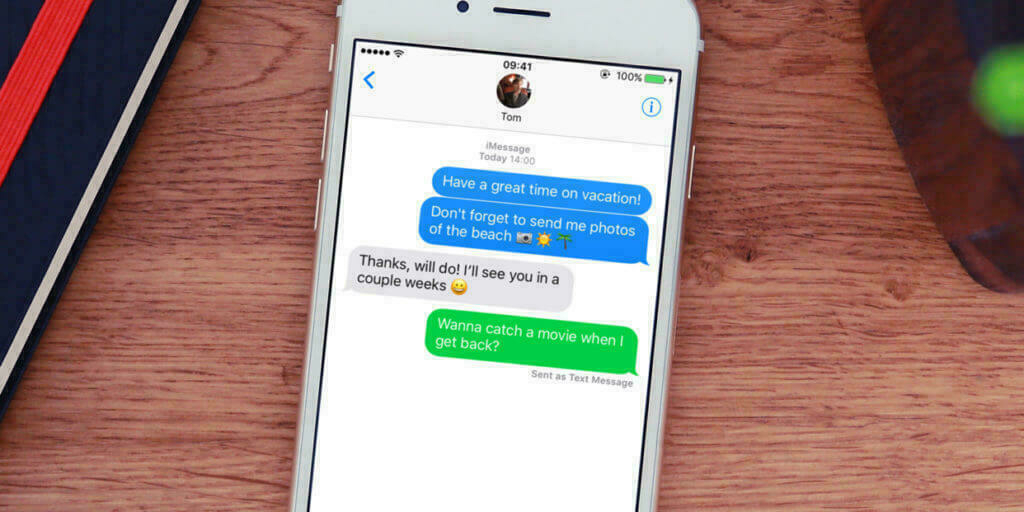Blue vs Green Bubbles — Blue is In, Green is Out?

A recent article in the Wall Street Journal created a concerted reactions chain from news sites and people on Twitter. In “Why Apple’s iMessage Is Winning: Teens Dread the Green Text Bubble”, the WSJ article paints Apple as using highly questionable tactics to keep its users locked in iMessage messaging service. I want to share my thoughts on this.
Peer pressure among teens isn’t a new phenomenon, far from it. Way before the Internet became accessible, when I was a teen myself, I vividly remember the feeling of not wearing the same brand of clothes as my friends. The problem here is teen’s social behaviour, not the technology. They are the one to blame if they reject people using non iMessage messaging service. I would argue that Apple as nothing to do with this. Sure, they like the stickiness of their platform, but I wouldn’t say it’s the defining goal when they add features to it.
Of course, Apple can’t provide the dot-dot-dot feedback showing people who are actually writing a response to a text message because the SMS standard doesn’t provide that. Duh.
When Mr. Hiroshi Lockheimer from Google refers to “standards” in one of his tweets to fix the interoperability issues of messaging platforms like iMessage, I wonder what standards he is referring to, Google’s RCS. And if this standard is actually a standard, why is it so hard to take off? Why are messaging services like Discord, Telegram, WhatsApp, WeChat, Facebook Messenger, etc.?
I would also argue that, for a company like Apple, the ecosystem stickiness is part of their differentiating factor. Of course, iMessage plays a major role here. For a company like Google, where massively providing free services with ads, the more people who get to use your services, the more revenues you get. It’s their differentiating factor. It’s easy to say: Apple should open up their messaging service.
My anecdotal experience is to the effect that when something breaks in the conversation between an iPhone user and an Android users, they usually go with Messenger or WhatsApp. People still have access to many alternatives.
WSJ’s article is a prime example that finding the right angle to portray Apple as the devil in the room attracts numerous clicks.